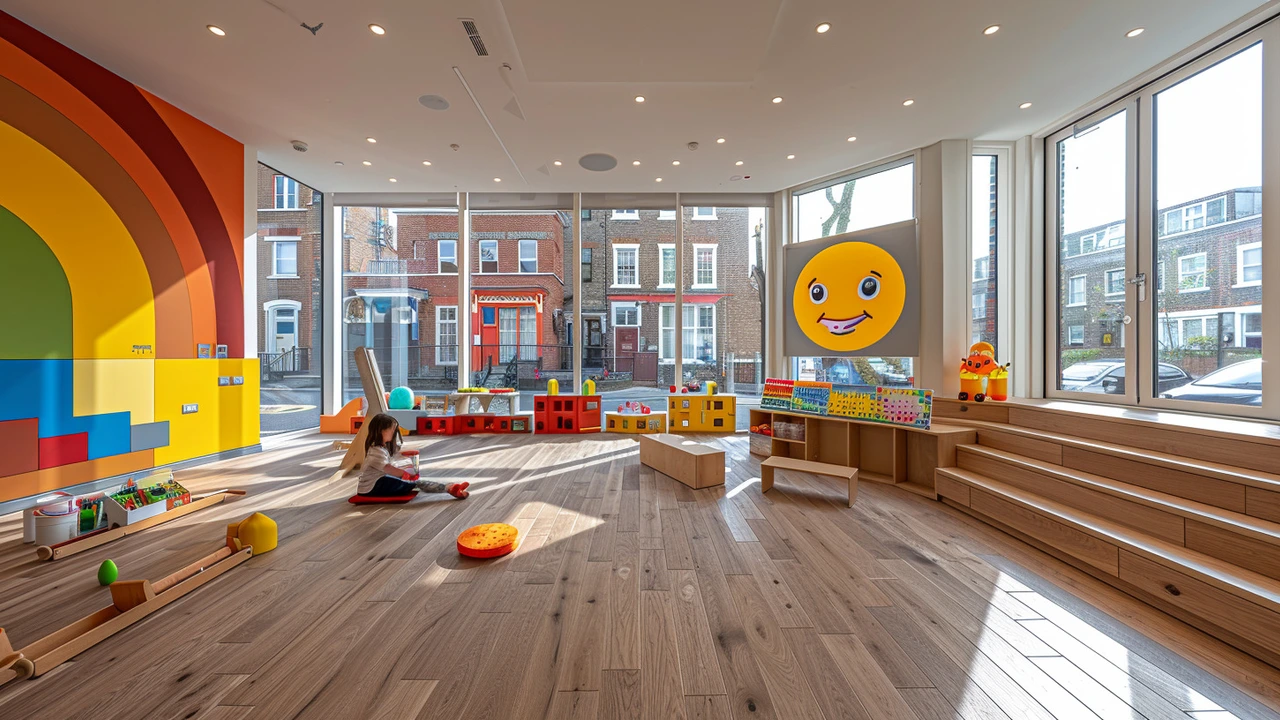Art Education: Learn Movements, Techniques & Practical Exercises
Want to learn art faster without wasting time? Start with clear, short lessons on movements and hands-on drills. This tag collects posts that explain art history, techniques, and real-world ideas you can use right away—think Photorealism, Bauhaus, Abstract Expressionism, Harlem Renaissance, Fluxus, and more.
How to use these articles
Pick one article that grabs you—maybe Photorealism if you like detail or Bauhaus if you care about clean design. Read the overview to get the big idea, then study two or three artists mentioned in the piece. For example, after reading a Bauhaus post, sketch a simple chair or poster using basic shapes. After an Abstract Expressionism piece, try a fast, messy gesture painting. Each article gives context, examples, and practical tips so you won’t get stuck in theory.
Some articles focus on history—like the Harlem Renaissance or Baroque—which help you spot themes and influences in modern work. Others focus on methods—Photorealism and Installation Art teach specific studio habits and materials. Use historical posts to understand why things look the way they do. Use technique posts to practice making similar marks, textures, or compositions.
Simple practice drills you can do today
1) Observation Sprint (20–30 minutes): Choose a photo or a masterwork from the tag list. Time yourself. Copy only the values (lights and darks) with pencil or charcoal. This trains seeing without getting lost in details.
2) Shape Reduction (15 minutes): Inspired by Bauhaus or De Stijl, reduce a scene to five shapes and two colors. Focus on balance and function, not detail. This helps with composition.
3) Gesture Round (10–20 minutes): Put on music, use a large brush, and make three quick canvases focused on movement and emotion—no fine detail. This builds looseness like Abstract Expressionism.
4) Small Installation Idea (30 minutes): Think like an installation artist: pick three household objects, arrange them to tell a small story, and photograph from three angles. This trains space, scale, and context.
5) Pattern & Line Study (20 minutes): After reading the Ukiyo-e article, practice repeating a wave or koi scale pattern across a page. Focus on rhythm and line quality.
Use one drill per day for a week. Mix history reads with short studio sessions. Within a month you’ll notice clearer choices in composition, tone, and style.
Want quick pathways? Start with a movement overview, read a practical techniques post, then do one focused drill. The posts under this tag give clear examples and doable steps—no fluff, just useful moves to level up your art practice fast.

